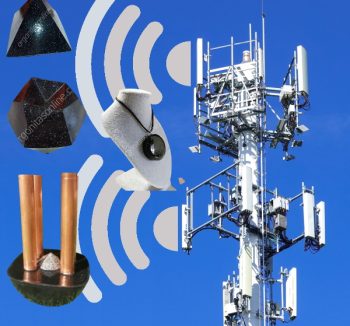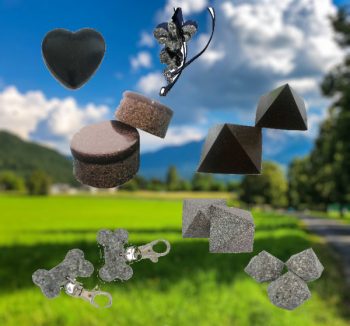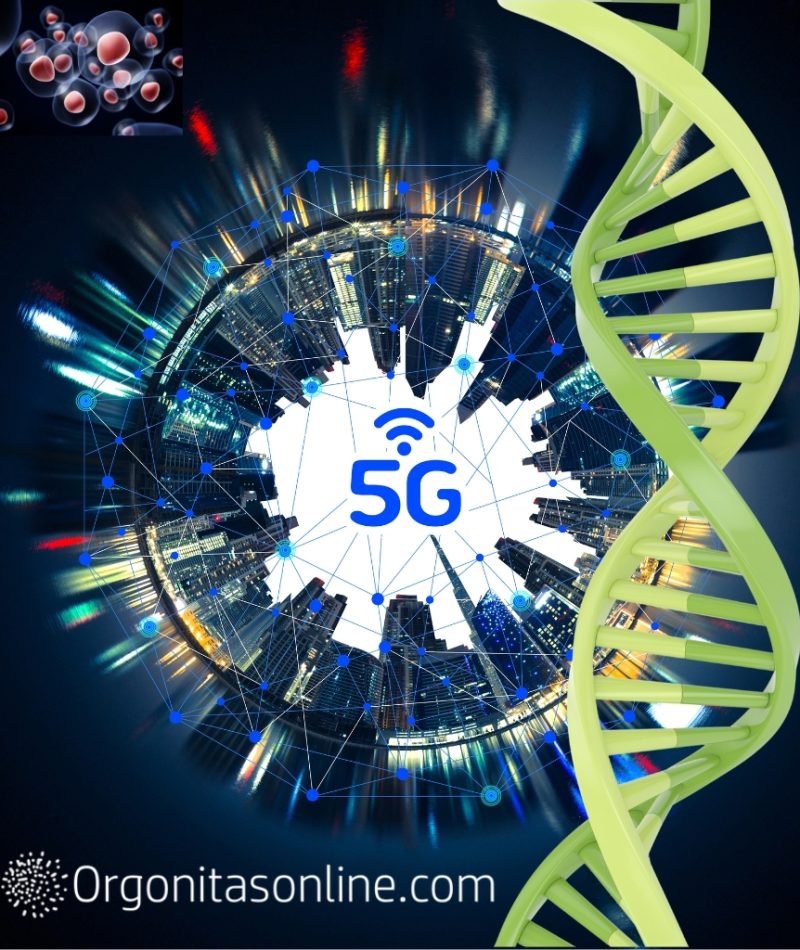5G operates in the 60GHz spectrum and the absorption frequency of oxygen molecules is 60GHz.
Consequently, 98% of the transmitted 5G energy would be absorbed by atmospheric oxygen which then alters the orbital properties of the electrons in the oxygen molecules. Oxygen molecules have electrons that they share with each other, oxygen is a diatomic molecule. What we breathe are two oxygen molecules bonded together with the electrons they share. When the oxygen molecule is hit with 60GHz 5G waves, these waves affect the orbital resonance properties of those shared electrons. It is those shared electrons that bind to the hemoglobin in our blood. When oxygen is cut off, it will no longer bind to hemoglobin and myoglobin (oxygen-carrying molecules) and therefore will not be able to transport oxygen to the powerful ‘mitochondrion’ of the cell.
What could happen?
We have asked AI (Artificial Intelligence) about this question and here is their answer.
Radio frequency cannot absorb oxygen from cells, but it can affect a cell’s ability to absorb oxygen. This is because radio frequency can produce heat in tissues, which can interfere with the biochemical processes that allow cells to absorb oxygen. In addition, exposure to radiofrequency radiation can also damage the cell membrane, which can also affect oxygen uptake.
NOTE. The spectrum for 4G starts from the 700 MHz to 5 GHz frequency bands. Compared to frequencies below 5 GHz previously used by mobile devices, millimeter wave technology enables transmission on frequencies between 30 GHz and 300 GHz. Frequencies are called millimeter waves because they have wavelengths between 1mm and 10mm, whereas the wavelengths of radio waves currently used by smartphones are mostly several dozen centimeters.







Deja una respuesta